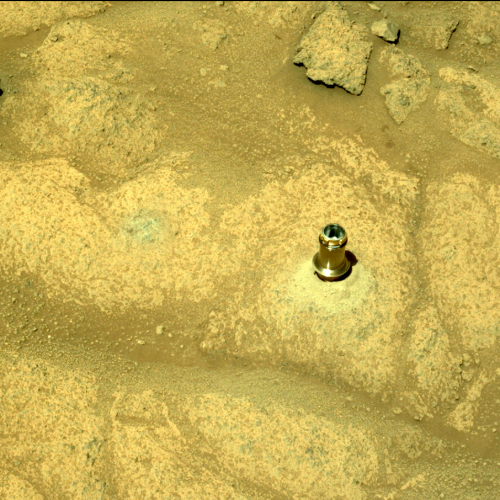India officially delays launch of its next lunar rover to ’22
The new colonial movement: India has now officially delayed the launch of its next lunar rover, Chandrayaan-3, to the third quarter of 2022.
Chandrayaan-3 was planned to demonstrate India’s capability of soft landing on a celestial body, with the rover then communicating with Earth via the existing orbiter from Chandrayaan-2. The orbiter has an estimated lifespan of seven years. The third mission was announced months after the Vikram lander aboard Chandrayaan-2 crash-landed on the lunar surface just 2.1 km from its destination in September 2019. Chandrayaan- 3 was initially scheduled for late 2020 or early 2021, but the disruption caused by the pandemic affected the schedule.
The Wuhan flu panic has essentially shut down India’s entire space program for more than a year. Not only has the country only done one launch so far in 2021, far less than expected, it has also had to delay its manned space program by a year, as well as the launch of its own new smallsat rocket.
The delay in launches, including that smallsat rocket, is likely losing India customers in the commercial market, especially because the private rocket companies in the U.S. have continued to launch with almost no delays. If India doesn’t get off the ground soon its rocket industry will be seriously damaged in a way that might take years to recover.
The new colonial movement: India has now officially delayed the launch of its next lunar rover, Chandrayaan-3, to the third quarter of 2022.
Chandrayaan-3 was planned to demonstrate India’s capability of soft landing on a celestial body, with the rover then communicating with Earth via the existing orbiter from Chandrayaan-2. The orbiter has an estimated lifespan of seven years. The third mission was announced months after the Vikram lander aboard Chandrayaan-2 crash-landed on the lunar surface just 2.1 km from its destination in September 2019. Chandrayaan- 3 was initially scheduled for late 2020 or early 2021, but the disruption caused by the pandemic affected the schedule.
The Wuhan flu panic has essentially shut down India’s entire space program for more than a year. Not only has the country only done one launch so far in 2021, far less than expected, it has also had to delay its manned space program by a year, as well as the launch of its own new smallsat rocket.
The delay in launches, including that smallsat rocket, is likely losing India customers in the commercial market, especially because the private rocket companies in the U.S. have continued to launch with almost no delays. If India doesn’t get off the ground soon its rocket industry will be seriously damaged in a way that might take years to recover.











